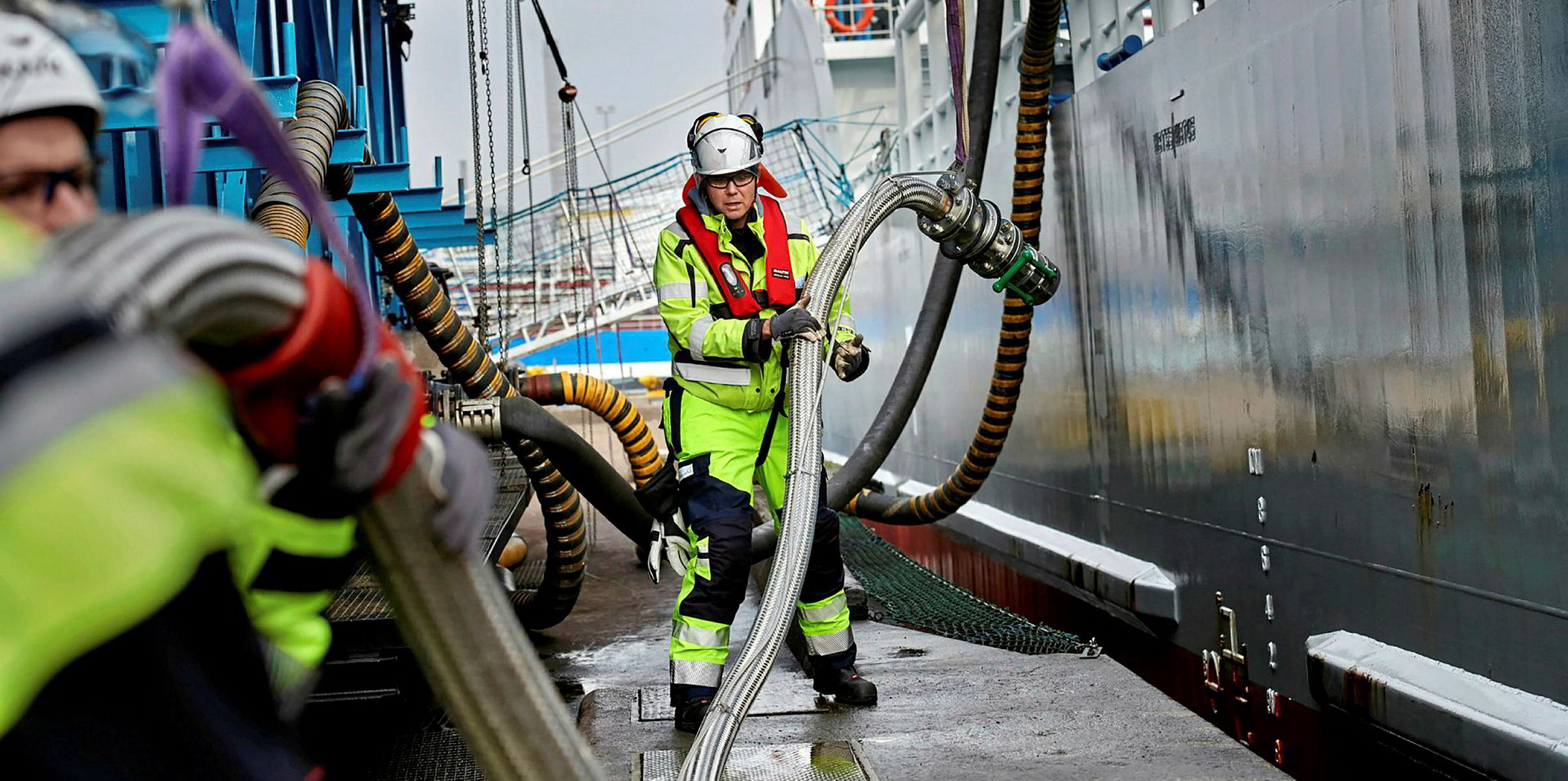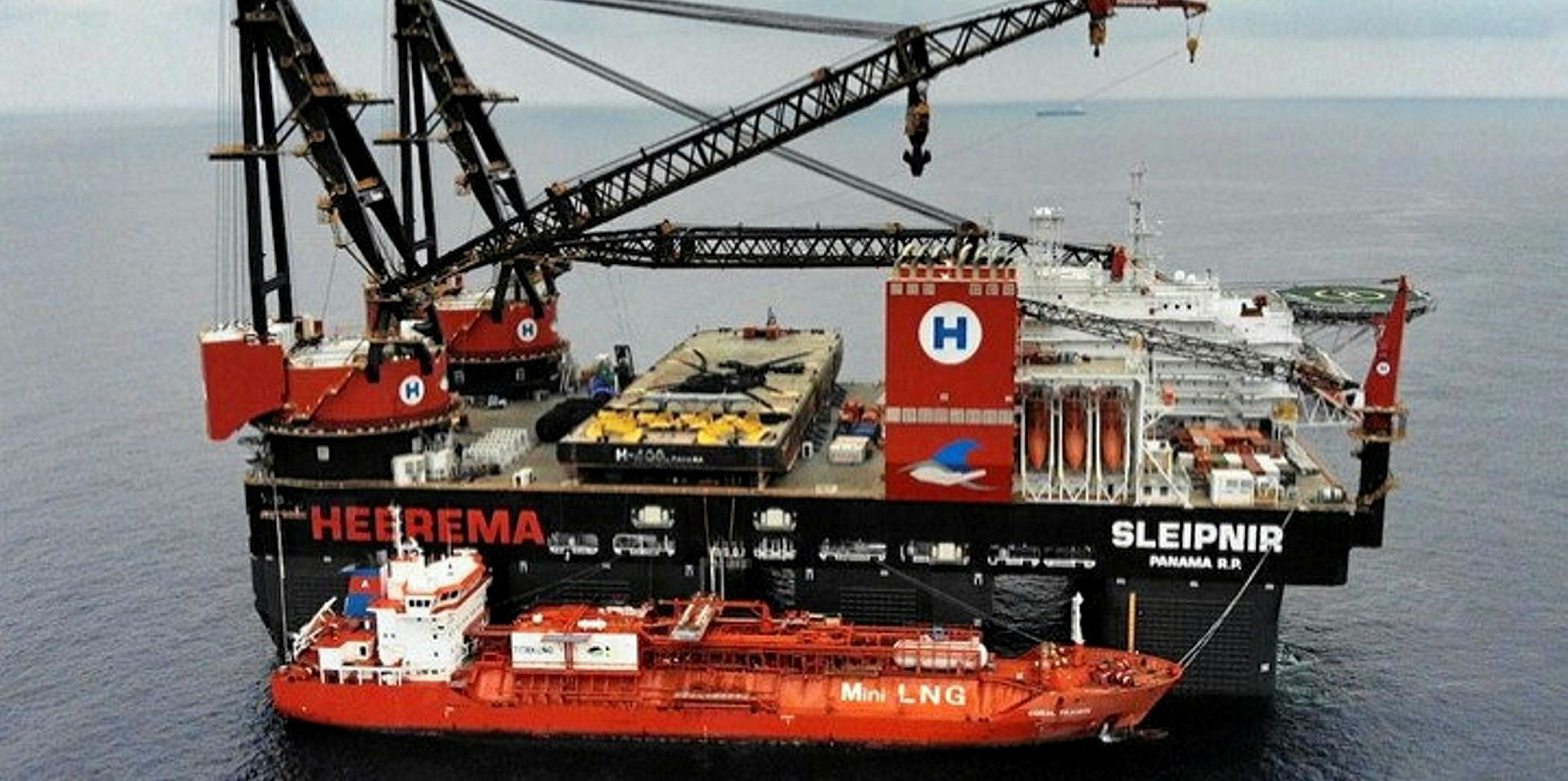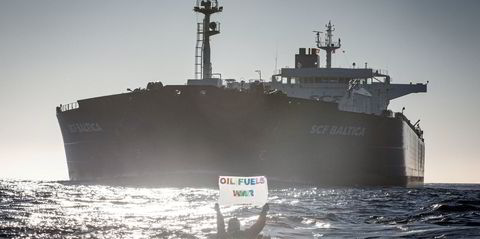LNG as a marine fuel has been the least pursued option to meet IMO 2020 requirements, due to high shipbuilding costs and concerns over availability and infrastructure.
But a more fungible LNG market has forced project developers to seek more innovative financing structures than the traditional model of securing 70% debt on 20-year supply contracts.
And financing LNG-fuelled ships remains little different from financing other shipping assets. Bank debt, private equity and structures such as sale-and-leaseback arrangements are the sources most likely to be used.
One aspect that is different is the existence of public and private-sector programmes to subsidise vessels that contribute to lower emissions and other environmental objectives.
The European Investment Bank (EIB) launched the €750m ($840m) Green Shipping Financing Programme in the autumn of 2017 to provide financing with favourable terms for projects advancing environmental objectives, including LNG-fuelled ships.
Retrofitting operations
The EIB signed framework agreements with Societe Generale, ABN Amro and ING, and it plans to provide up to 50% financing for new ships and 100% financing for the green elements of retrofitting operations.
South Korea has launched initiatives to develop LNG as a marine fuel but they mostly involve government orders of LNG-fuelled ships, financial aid to shipyards or subsidies for the LNG bunkering industry.

Private programmes include green loans and green bonds. Both enable companies to raise capital for compliant new and existing projects. The principles involved are outlined by financial services trade groups such as the Loan Syndications and Trading Association and the Loan Market Association (in the case of green loans) and the International Capital Market Association (in the case of green bonds).
If a project is deemed “green”, a financial institution will extend a green loan, often offered at a lower rate than standard loans. I am unaware of any green loans for LNG yet; but given the environmental benefits, shipping companies would be wise to consider this scheme.
Japan’s NYK Line issued the first green bonds in the shipping sector in May 2018. The unsecured $92m bonds have a maturity of five years and were managed and structured by Mitsubishi UFJ Morgan Stanley Securities.
The proceeds of the bonds will support several initiatives to aid NYK’s efforts in complying with IMO 2020, including building LNG-fuelled ships. Shipowners should look at trying to obtain favourable terms through green loans and green bonds in addition to public-sector programmes when financing LNG-fuelled vessels.
Environmentally motivated subsidies were instrumental in growing LNG as a marine fuel in the 2000s when the sector was being pioneered, but they are not necessary these days for an investment in LNG-fuelled ships to be profitable.
A study released this year by SEA\LNG showed that on an Asia to US West Coast route, a 14,000-teu containership newbuilding running on LNG would outperform an oil-fuelled ship with an open-loop scrubber on a net present value basis over a 10-year investment horizon in five of six fuel scenarios.
The higher capital expenditure for LNG was offset by its average of almost 24% lower energy cost per tonne due to its greater efficiency (LNG provides 50 gigajoules of energy per tonne compared with high-sulphur fuel oils, which provide 40.5 gigajoules per tonne).
Also contributing to this increasing competitiveness is the falling cost of construction. An LNG-fuelled ship with a low-pressure, dual-fuel, two-stroke engine now costs about $11.7m more than a conventional ship, while an LNG-fuelled ship with a high-pressure dual-fuel engine costs $15.3m more.
LNG-fuelled ships are becoming an increasingly attractive investment, and financing will not be an obstacle.
Lawyer Noah Jaffe is an associate at Reed Smith







